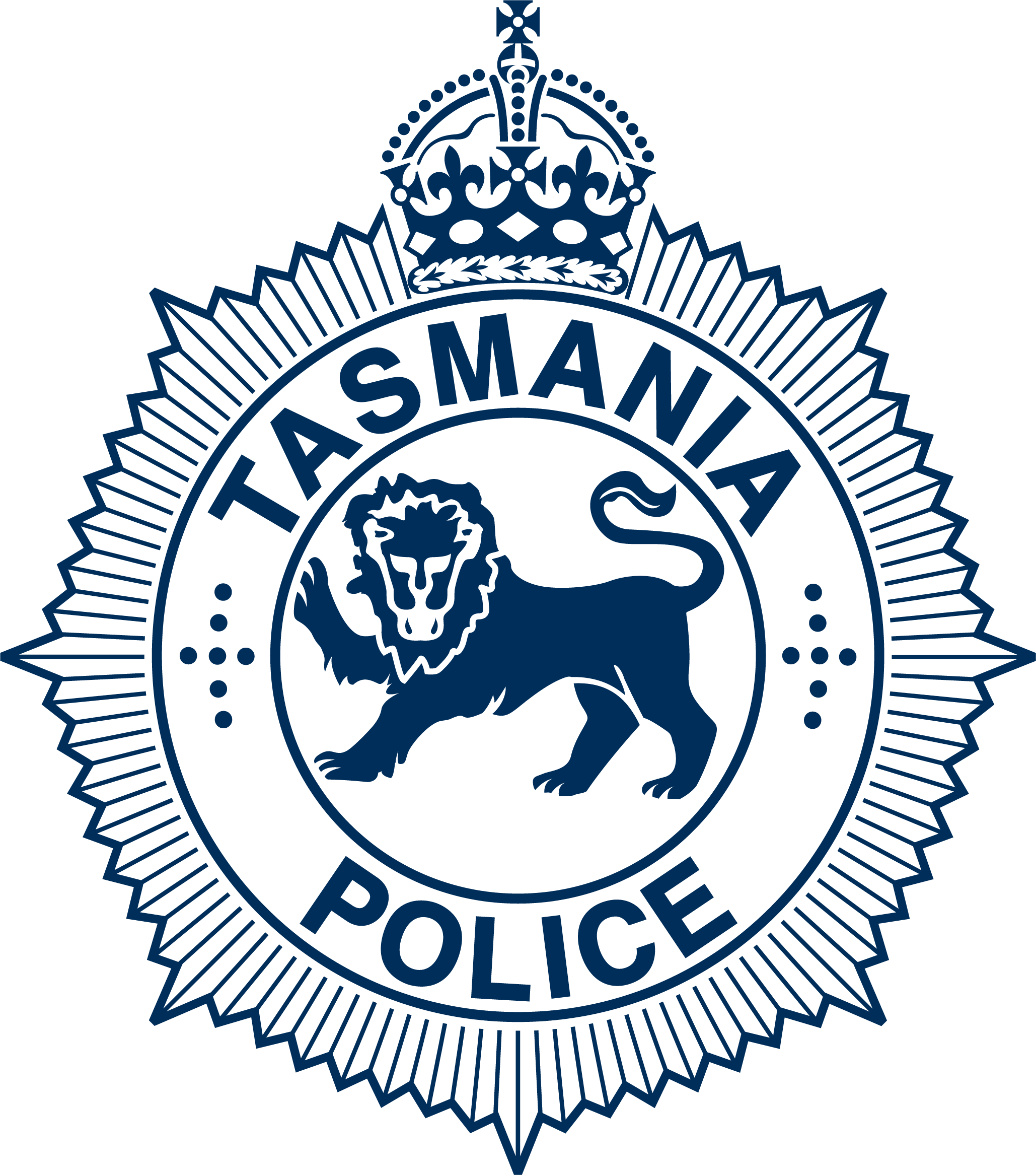Easter road safety – Operation Crossroads
Police are urging motorists to allow themselves extra time to reach their destinations this Easter.
The National Easter road toll reporting period began at 0001 hours this morning (Thursday 5 April) and concludes at 2359 hours on Monday 9 April.
Last Easter there was one fatality on Tasmanian roads while in 2010 there were no fatalities during this period. Australia-wide last Easter, 20 people lost their lives on the nation’s roads.
Tasmania’s road toll currently stands at 6, compared to 8 for the same time last year. There have been 45 people seriously injuried this year, compared to 61 for the same time last year.
“We are aiming for a fatality-free period but ultimately everyone has a role to play in road safety and must be responsible for their own driving behaviour,” said Police Commissioner Darren Hine.
The Easter break is traditionally one of the busiest periods of the years on Tasmania’s roads.
“Don’t make the wrong choices and remember the Fatal Five: Speed, seatbelts, alcohol, distraction and fatigue,” Mr Hine said.
“Given that so many people take advantage of the Easter break, motorists should plan for a slower trip than usual, drive to the weather conditions and don’t even think about driving if you’ve had a few drinks.
“Take your time, factor in rest stops so that you avoid fatigue and be patient – a crash can happen in just a moment of inattention,” he said.
Operation Crossroads, a national road safety initiative, will again be conducted this Easter, with police focusing on high profile traffic operations that will target high-risk driving behaviour.
“As part of Operation Crossroads extra officers will be rostered on during this holiday period and will be conducting highly visible road safety operations around the state, not only on highways but also arterial and rural roads,” said Mr Hine.
“Our officers will be targeting drink / drug driving, speeding, inattentive driving, disqualified drivers, seatbelt offences, mobile phone use while driving and vehicle defects.”



